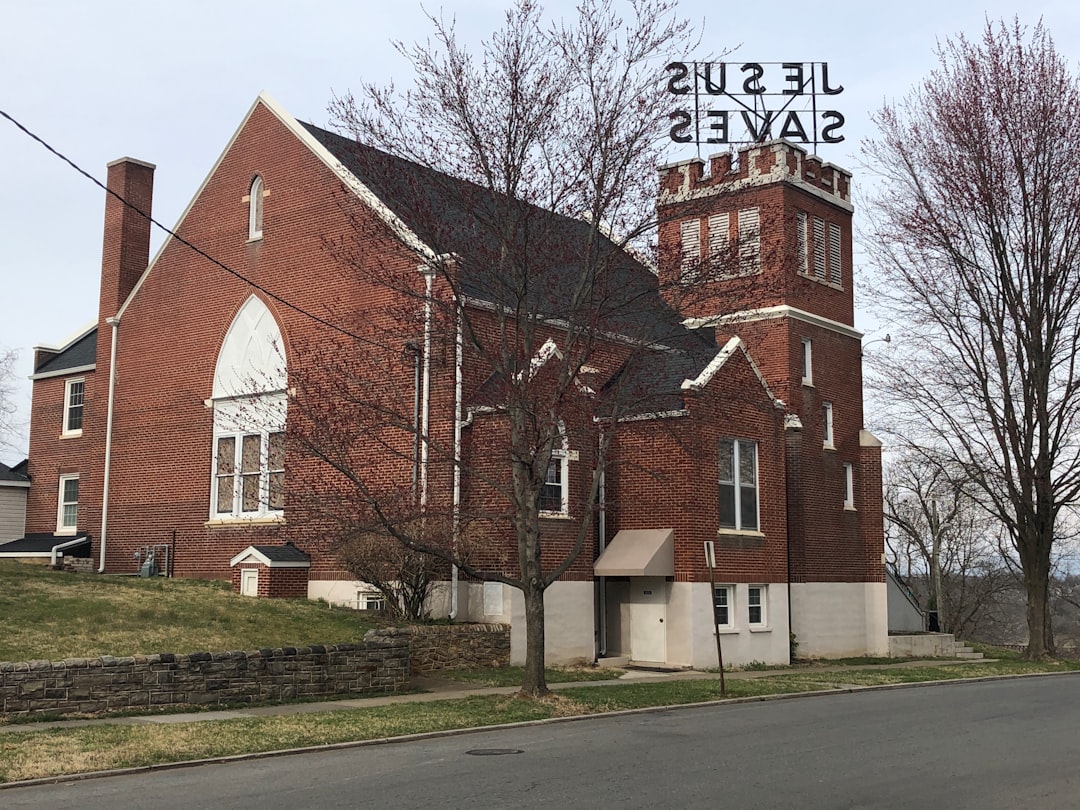The story of the Roanoke Colony and its mysterious disappearance has fascinated people for centuries. Located on Roanoke Island in present-day North Carolina, the colony was established by Sir Walter Raleigh in the late 16th century as an attempt to establish a permanent English settlement in the New World. However, the colony’s fate remains unknown, and theories and speculations about what happened to the colonists abound.
Key Takeaways
- Roanoke Colony is a legendary lost colony that has fascinated people for centuries.
- The colony was founded twice, in 1585 and 1587, but both attempts ended in disappearance.
- Theories about the disappearance range from disease to conflict with Native Americans.
- Archaeological discoveries and artifacts have provided some clues, but the mystery remains unsolved.
- Roanoke Colony’s legacy includes its impact on American history and culture, and its continuing enigma.
The Founding of Roanoke Colony: A Brief History
Sir Walter Raleigh, a prominent figure in Elizabethan England, was granted a charter by Queen Elizabeth I to establish colonies in the New World. In 1584, Raleigh sent an expedition led by Philip Amadas and Arthur Barlowe to explore the coast of North America. Impressed by what they found, they returned to England with glowing reports of the land and its potential for colonization.
Based on their reports, Raleigh decided to establish a colony in the area they had explored. He selected Roanoke Island as the site for the colony due to its strategic location and natural resources. However, the challenges and obstacles faced by the colonists were numerous. They had to contend with harsh weather conditions, unfamiliar terrain, and conflicts with Native American tribes.
The First Attempt at Settlement: The Lost Colony of 1585
In 1585, Raleigh sent a group of colonists led by Ralph Lane to establish a settlement on Roanoke Island. The colonists faced numerous difficulties from the start. They struggled to find enough food and supplies, and conflicts with Native American tribes further strained their resources. Despite these challenges, they managed to survive for a year before deciding to abandon the colony and return to England.
The Second Attempt at Settlement: The Lost Colony of 1587
| Year | Event | Outcome |
|---|---|---|
| 1587 | Second attempt at settlement of Roanoke Island | Colony established, but supplies quickly ran low |
| 1588 | John White returns to England for supplies | Delayed by war with Spain, White unable to return until 1590 |
| 1590 | John White returns to Roanoke Island | Colony abandoned, only clue is the word “Croatoan” carved into a tree |
| 1602 | Third attempt at settlement of Roanoke Island | Colony abandoned after a year due to lack of supplies and conflict with Native Americans |
Undeterred by the failure of the first attempt, Raleigh sent a second group of colonists to Roanoke Island in 1587. This group included women and children, making it the first English colony to include families. John White was appointed as the governor of the colony, and his daughter, Eleanor Dare, was among the colonists.
The colonists faced many of the same challenges as the previous group, including conflicts with Native Americans and a lack of resources. However, they managed to establish a settlement and even had a significant milestone – the birth of Virginia Dare, the first English child born in the New World. Despite this progress, their fate would soon become one of history’s greatest mysteries.
The Mysterious Disappearance: Theories and Speculations
In 1590, John White returned to Roanoke Island after a three-year absence to find the colony deserted. The only clue left behind was the word “Croatoan” carved on a tree. This led to speculation that the colonists had moved to Croatoan Island, which is now known as Hatteras Island.
The absence of any signs of struggle or violence at the site further deepened the mystery. Various theories have been put forth to explain the disappearance, including disease, famine, and abduction by Native Americans. Some believe that the colonists may have assimilated into Native American tribes, while others suggest they may have been killed or taken captive.
The Role of Native Americans: Did They Play a Part in the Disappearance?

The relationship between the colonists and the Native Americans was complex. While there were instances of conflict and hostility, there were also periods of cooperation and trade. Some theories suggest that the colonists may have been assimilated into Native American tribes, either willingly or forcibly.
However, there is a lack of concrete evidence to support any theory involving Native Americans. Archaeological excavations have not uncovered any definitive proof of what happened to the colonists, and there are no records or accounts from Native American tribes that shed light on their fate.
The Search for Clues: Archaeological Discoveries and Artifacts
Over the years, archaeologists have made several discoveries that provide some insight into the lives of the colonists and their possible fate. Excavations on Roanoke Island have uncovered artifacts such as pottery, tools, and personal items that belonged to the colonists. These findings help paint a picture of their daily lives and the challenges they faced.
However, these discoveries have not provided any definitive answers about what happened to the colonists. The search for more evidence continues, with archaeologists hoping to uncover clues that will shed light on the mystery once and for all.
The Role of John White: Governor, Artist, and Father-in-Law of a Lost Colony
John White played a significant role in the history of Roanoke Colony. As the governor of the colony, he was responsible for its establishment and maintenance. He also had a talent for art and is famous for his watercolor paintings of Native Americans and the landscape of the New World.
Tragically, White’s daughter, Eleanor Dare, and his granddaughter, Virginia Dare, were among the colonists who disappeared. Their fate remains unknown, adding a personal dimension to White’s involvement in the colony and its enduring mystery.
The Legacy of Roanoke Colony: Its Impact on American History and Culture
The mystery of Roanoke Colony has had a lasting impact on American history and culture. It has captured the imagination of people for centuries and has been the subject of numerous books, plays, movies, and television shows. The enduring fascination with the mystery speaks to its significance in American folklore.
The colony has also influenced American literature, with writers such as Edgar Allan Poe and James Fenimore Cooper drawing inspiration from its enigmatic story. The mystery continues to captivate people’s imaginations, and the ongoing efforts to uncover the truth reflect the enduring interest in Roanoke Colony.
The Enigma of Roanoke Colony and Its Continuing Mysteries
The mystery of Roanoke Colony remains unsolved, despite centuries of speculation and investigation. Theories and speculations abound, but the truth remains elusive. The enduring fascination with the mystery speaks to its enduring appeal and the desire to uncover the truth.
The ongoing efforts to uncover clues and solve the mystery reflect the determination to find answers. Archaeological discoveries and artifacts provide some insight into the lives of the colonists, but they have not provided any definitive answers about their fate.
The enigma of Roanoke Colony continues to captivate people’s imaginations, and it remains one of history’s greatest mysteries. The search for answers will likely continue, as people are drawn to the story of the lost colony and its enduring legacy in American history and culture.
FAQs
What was the Roanoke colony?
The Roanoke colony was an attempt by the English to establish a permanent settlement in North America in the late 16th century.
What happened to the Roanoke colony?
The fate of the Roanoke colony is a mystery. The colonists disappeared without a trace, and their fate remains unknown to this day.
When was the Roanoke colony established?
The Roanoke colony was established in 1585 by Sir Walter Raleigh.
Where was the Roanoke colony located?
The Roanoke colony was located on Roanoke Island, off the coast of present-day North Carolina.
Who were the colonists of the Roanoke colony?
The colonists of the Roanoke colony were primarily English settlers, including men, women, and children.
What was the purpose of the Roanoke colony?
The purpose of the Roanoke colony was to establish a permanent English settlement in North America and to explore the region for resources and trade opportunities.
What are some theories about the disappearance of the Roanoke colonists?
There are several theories about the disappearance of the Roanoke colonists, including disease, famine, conflict with Native Americans, and assimilation into Native American tribes.
Has any evidence been found about the fate of the Roanoke colonists?
Despite numerous expeditions and investigations, no conclusive evidence has been found about the fate of the Roanoke colonists.







